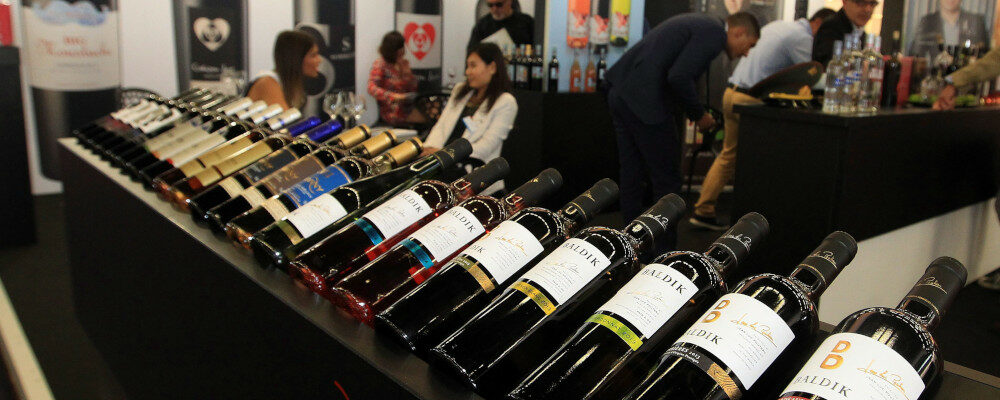Last summer, I wrote about a certain Bordeaux wine, Château Cissac, and the joy of raiding my father-in-law’s cellar. Sadly, I will not have the pleasure of tasting that wine with him again, as he passed away over Easter weekend. In the days since, I have been looking for Claret, as the English traditionally call red wine from that part of France, in a kind of self-indulgent remembrance.
Bordeaux dominated world wine culture in the last half of the 20th century. Specifically, in the sense that the most famous wines, like Château Lafite, were typically classified as growth Bordeaux, but also figuratively. Wine farms across the world decided to fashion themselves as Chateaux, or at the very least ‘estates’.
Times have changed. The most sought-after luxury red wines are now just as likely to be from Burgundy. When wino types show off on my Instagram feed, the shoulders on the bottles in their photos are much more likely to be slouched than square. And the established trend of the 21st century is to emphasize the lieu-dit, or the specific vineyard, or even parcel within, when promoting a wine, whether it’s Barolo or Barossa.
Last December, Jancis Robinson wrote a column entitled “Whither Bordeaux?”, which lamented the decline of everyday Bordeaux, citing a year-end report from Live-Ex, a platform for trading fine wines. It showed the region’s finest wines had their worst volume of trade ever in 2022, while Burgundy had its best.
Boredom with Bordeaux has also, I think, trickled down from the high rollers spending big money on crus classés en primeur. Or maybe boredom is the wrong word, at least for those of us who started getting interested in wine from the 1990s on. You can’t be bored with something you don’t think very much about.
My father-in-law started drinking wine in the late 60s and early 70s in England. A glass of red wine then must certainly have almost always meant a glass of something from Bordeaux. Wine was a signifier of class, and very much a minority taste. Thirty years later, a young wine drinker looking for something made from Cabernet Sauvignon or Merlot might just as likely try a glass from a bottle made in California or Australia, wherever they might have been in the English-speaking world.
Robinson’s piece on Bordeaux points to another piece, written by the critic Robert Joseph, in Meininger’s Wine Business International, a trade journal and website published in Germany. Joseph, a veteran British wine journalist and editor, that Bordeaux producers, from lesser-known areas and less-famous estates as the classified growths, missed their opportunity to develop their own brands, relying instead on goodwill generated by the big players.
The good news for consumers at the moment is there are lots of good Bordeaux in the market, and since supply is outstripping demand, some good deals. Joseph writes: “There is lots of very good wine produced every year in Moulis, Listrac, and Fronsac, but there are no real star chateaux and, outside Aquitaine, few wine drinkers other than very keen Bordeaux buffs or [Master of Wine] students, would reach for a wine from any of them in the way they might for a St Emilion.”
The bad news, which spurred on Joseph’s column, is that a lot of Bordeaux growers are struggling to find a break-even price for their fruit. The mitigating news is Bordeaux makes more wine than all the other regions of France put together, so it’s unlikely that they will run out of wine to export very soon.
One group of Bordeaux producers who don’t need a lesson in branding, and who Joseph praises by name, is the Sichel family that owns Château Palmer, a Third Growth Classified wine located in Margaux. Prices for late vintages start around $500. Luckily for hard-working wine columnists the Sichels own more than just the one winery, and their name caught my attention when their Ontario agency used social media to promote Château Argadens.

The 2019 Château Argadens Bordeaux Supérieur is $20 at my local provincial government liquor retail monopoly. It’s from the Entre-Deux-Mers, the part of Bordeaux that lies between the Garonne and Dordogne Rivers, which is enjoying an improving reputation.
If I hadn’t got the tip from the promotion, I might not have paid attention to the Argadens for the bigotry of price snobbery. In my experience, the quality-to-price ratio of red Bordeaux makes a leap over $25 and makes for a safer bet at $30. Though, had it been more expensive I might also have looked over the Argadens for its relative youth, imagining it would need a few more years for the tannins to soften.
As it is, the 2019 is a wine with fine tannins, which complement its dark red to black fruits. The wine is from the Merlot-dominated Right Bank, and is made with 63 percent of the grape, which tends to be softer than Cabernet Sauvignon, which makes up the remaining 37 percent. It has enough structure to be put down for a few years, but drinks just fine if it’s opened an hour or so before serving.
The Argadens went to dinner with what the English food writer Hugh Fearnley-Whittingstall calls The Full Monty: standing rib roast, Yorkshire pudding, roast potatoes, and a veg for garnish, in this case, green beans. The Claret was perfect for the meal and perfect for toasting our dear lost father, father-in-law, and grandfather. I think Bill would have enjoyed it even if it wasn’t Cissac.




